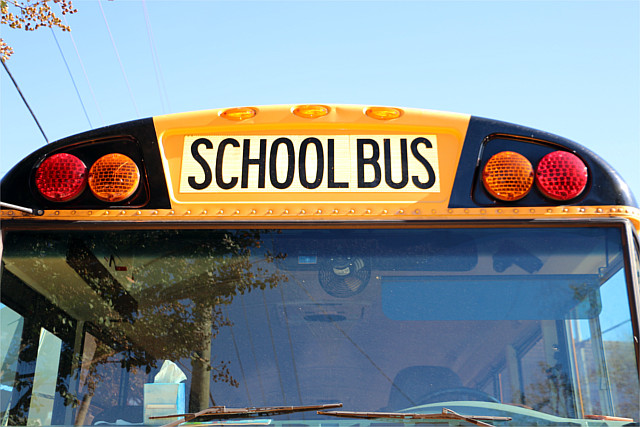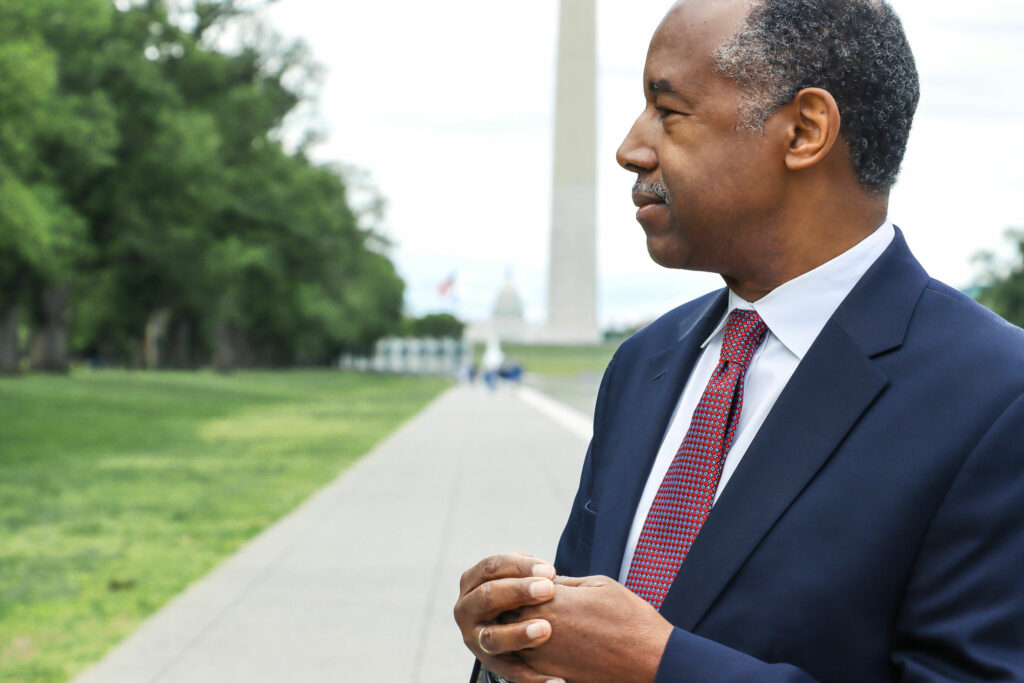 Last year’s National Assessment of Educational Progress (NAEP) test scores marked some of the steepest declines ever measured by the test in terms of national average scores in math for both 4th and 8th graders. For 4th grade math, one in four students scored below the NAEP “basic” level, which was a 5 percent decline from 2019. For 8th grade, a full 38 percent scored below NAEP basic level, up 7 percentage points from just 3 years prior.
Last year’s National Assessment of Educational Progress (NAEP) test scores marked some of the steepest declines ever measured by the test in terms of national average scores in math for both 4th and 8th graders. For 4th grade math, one in four students scored below the NAEP “basic” level, which was a 5 percent decline from 2019. For 8th grade, a full 38 percent scored below NAEP basic level, up 7 percentage points from just 3 years prior.Reading scores didn’t fare much better. The latest NAEP scores also showed a decline in fourth-grade reading scores in every single region of the country, and 37 percent of fourth-graders scored below the “basic” level for reading.
This problem is only worse in our inner cities. In Baltimore, for example, only 15 percent of children tested as “proficient” for reading, 8 percent scored “proficient” for math, and 41 percent of Baltimore students earn below a 1.0 grade point average. A full 23 public schools across Baltimore had zero students proficient in math.
Unfortunately, rather than focus on the poor education our students are being given, school boards have become ideological battlegrounds on issues such as transgender policies, book bans, social and racial justice, and “preferred pronouns.”
For this reason, parental rights became a flashpoint heading into the midterm elections in 2022, as America’s parents saw education as one of the biggest issues facing our nation. Pandemic policies such as masks, extended school closures, remote learning, woke curricula such as gender ideology and Critical Race Theory, and vaccine mandates drew the outrage of so parents who saw the sort of education their children were receiving. The Biden administration, rather than listening to the concerns of parents, compared them to “domestic terrorists” for standing up to their local school boards.
Luckily, there are policy solutions that we can pursue. Foremost among these is school choice legislation, which gives parents the ability to choose where they send their children. This allows families — not teacher unions, bureaucrats, and school boards — to decide on the best curriculum and environment for learning. School choice also introduces competition into our education system, so schools have to compete for the best students and will continuously work to improve their educational product.
School choice has also had recent success in our legal system. Last year, in Carson v. Makin, the Supreme Court ruled that the state of Maine could not prevent families from using generally available tuition assistance benefits at religious schools simply because those schools provide religious instruction.
Previously, Maine had operated a tuition assistance program but explicitly excluded religious schools from the program. The Supreme Court, however, held that picking and choosing who received public benefits that are otherwise available to everyone based on the school’s religious affiliation is in violation of the First Amendment.
Public opinion also favors school choice. According to RealClear Opinion Research, a full 74 percent of voters support parental school choice efforts, including 83 percent of Republicans, 70 percent of Democrats, and 69 percent of independents. This support also spans America’s major ethnic groups, including 76 percent support from white voters, 73 percent of black voters, 70 percent of Asian voters, and 69 percent of Hispanic voters.
Education truly is the pathway out of poverty. But the sad truth is that America’s current K-12 education system is grossly lacking. We, as a nation, are failing our young people and sending them off into the world unequipped with the tools they need to succeed.
Despite continuing to increase spending on education in America, we have seen our schools only continue to further decline. Children must not be stuck in failing schools, and parents should be empowered — not restricted — to choose the school which is best for their child.
If our nation wants to compete on the international stage, we will have to develop all of our people. We are competing with nations like China and India, both of which have well over one billion citizens. In order to keep up, we need all of our citizens well-educated and performing at the highest levels.
School choice is just the first step to restoring an education system that works for students, works for families, and works for our nation. We cannot let teachers’ unions, school boards, bureaucrats, and federal agencies continue to keep our young people mired in generational poverty by denying them a proper education.
